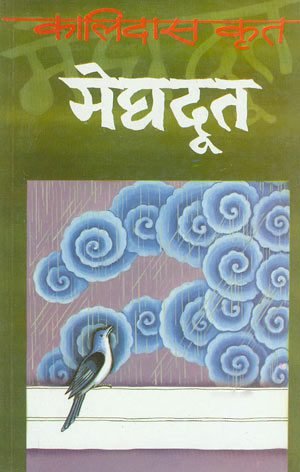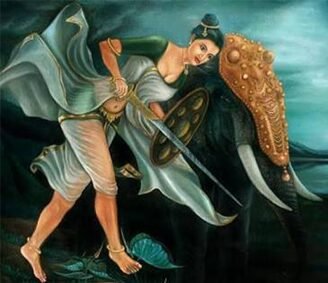Unveiling the Literary Brilliance of Kalidasa: India’s Great Ancient Poet and His Enduring Legacy

The famed ancient Indian poet and dramatist Kalidasa, sometimes referred to as the, made significant contributions to traditional Sanskrit literature. His writings have permanently altered India’s literary and cultural environment, and because of their masterful craftsmanship and timeless subjects, they are still praised and studied today. This essay sheds insight into the unrivaled literary brilliance of Kalidasa by examining his life, works, and legacy. In simple, Kalidasa was a well-known Sanskrit poet and dramatist who was sometimes referred to as the Shakespeare of ancient India. His writings have endured over time and cultural barriers, creating a lasting impression on literature. He has become a legendary figure in traditional Indian literature thanks to his brilliance and creativity in crafting exquisite lines and evoking the essence of human emotions. The life of Kalidasa is largely unknown, and many historical facts concerning him are still a mystery. While some situate him in the fourth or fifth century CE, others think he lived earlier. Regardless of the precise timing, there is no denying his impact and contribution to literature.
Early Life and Background
The specifics of Kalidasa’s birth and existence are still a mystery, which gives his mythology an attraction of enigmatism. He is typically thought to have lived in the 4th or 5th century CE, during the rule of the Gupta dynasty. His life is shrouded in a number of stories, and it might be difficult to distinguish reality from mythology. According to popular mythology, Kalidasa was once a straightforward and illiterate shepherd who underwent a miraculous transformation into a literary prodigy. He came across Kalidasa, a renowned sage, one day while tending to his flock, and when he learned of the shepherd’s ignorance, he bestowed upon him lyrical eloquence. Kalidasa started off as a poet and then went on to produce some of the most gorgeous pieces of Sanskrit literature after feeling inspired and powerful.
Authorial Works:
Poetry and dramas, which are infused with elegance, intelligence, and a profound awareness of human emotions and nature, make up the majority of Kalidasa’s literary output. His best-known creations include:
1. Shakuntala (Abhijnanasakuntalam):
Perhaps Kalidasa’s most well-known composition, “Shakuntala,” demonstrates his talent for both theatre and poetry. It tells the tale of the romance between King Dushyanta and the lovely nymph Shakuntala. The play explores issues of love, fate, and the effects of amnesia, displaying Kalidasa’s talent for incorporating complex emotions into his stories.
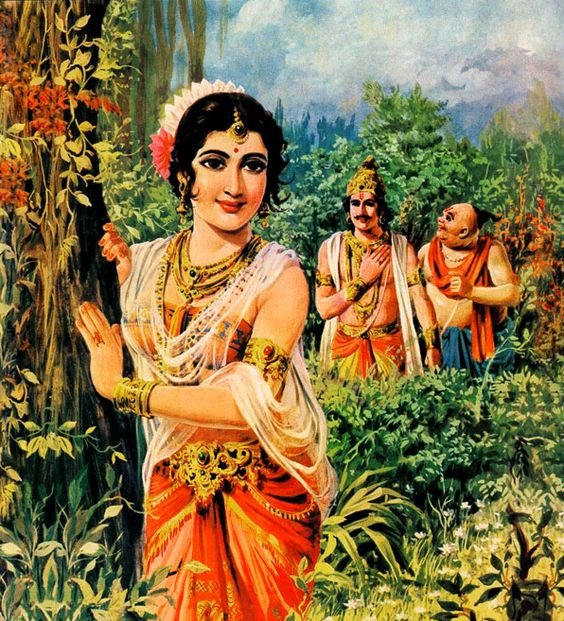
2. Raghuvamsha:
An epic poem called “Raghuvamsha” narrates Lord Rama’s ancestry while highlighting the excellence and qualities of his dynasty. This work demonstrates Kalidasa’s mastery of mythology and history and his ability to create both tragedies and epics.
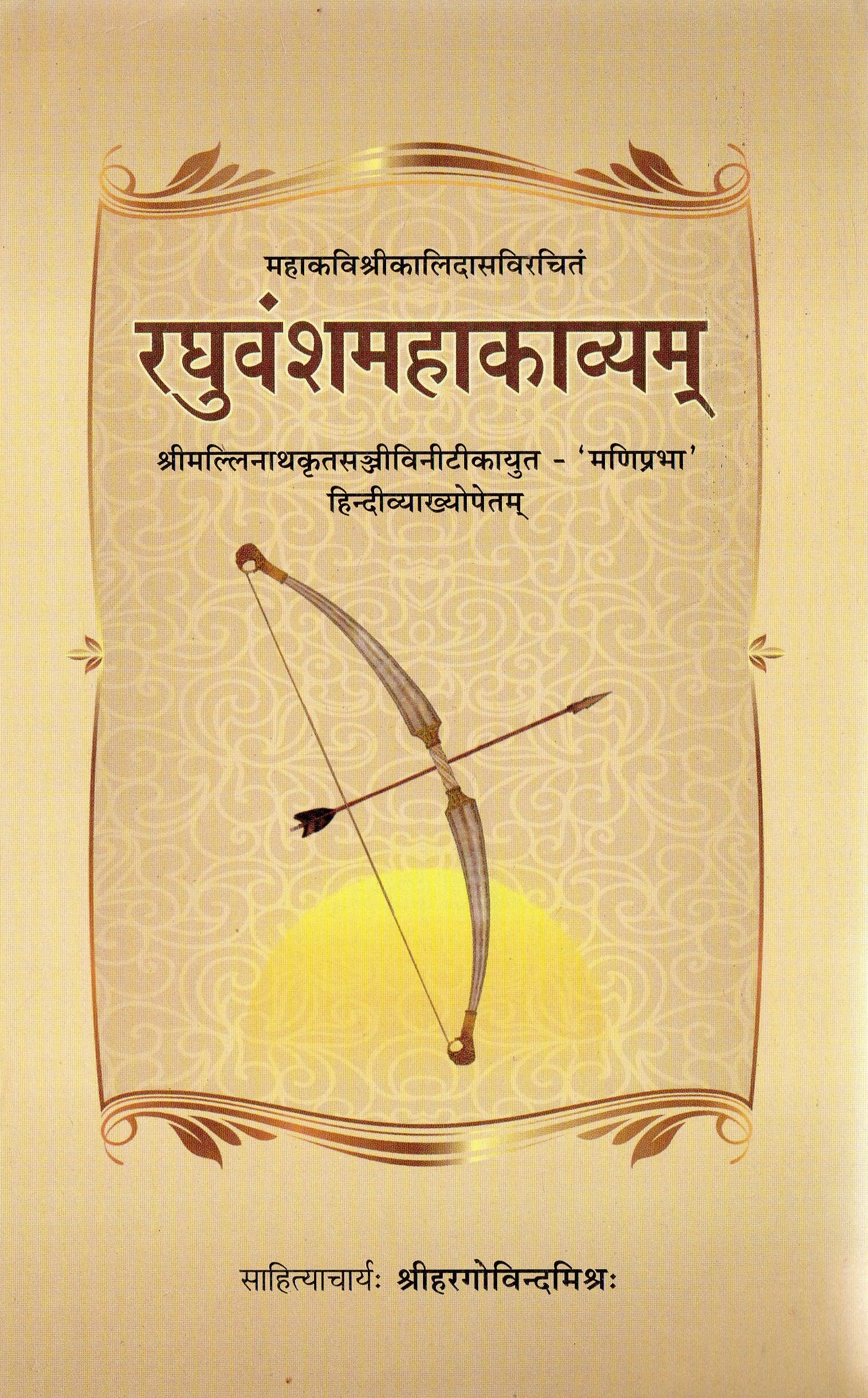
3. Kumarasambhava:
The epic poem “Kumarasambhava” tells the tale of the union of Lord Shiva and Goddess Parvati and the birth of their son, Kartikeya. It demonstrates Kalidasa’s flawless command of poetic imagery and his talent for eloquently describing feelings and the beauty of the natural world.
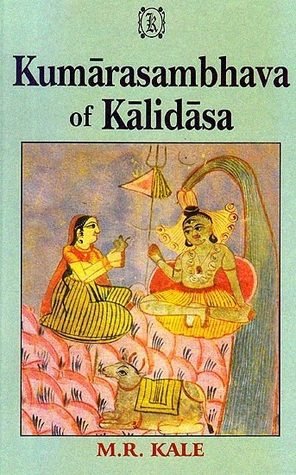
4. Meghaduta:
A heavenly entity known as a Yaksha is exiled to the Himalayas in the poem “Meghaduta,” and he begs a passing cloud to deliver a message to his beloved bride. The stunning fusion of nature, love, and longing in this piece exemplifies Kalidasa’s talent for fusing the beauty of the natural world with human emotions.
Writing Technique and Themes:
The literary style of Kalidasa is distinguished by beautiful wordplay, striking imagery, and a keen awareness of human emotions. He has a unique talent for using words to convey the subtleties of love, passion, sadness, and pleasure. His paintings frequently find inspiration in the splendor of nature, which he captures with an unmatched elegance and accuracy. Love, courage, responsibility, fate, and the interdependence of nature and people are the main themes of Kalidasa’s works. He frequently explores the intricacies of human relationships and emotions by expressing the anguish of separation and the delight of reunion. The poetic beauty, elegant language, and astute understanding of human emotions in Kalidasa’s writings are well known. Readers may still identify with his characters and their situations because of his deep comprehension of the human mind and sensitive portrayal of emotions.

The “Rasa” philosophy, divides human emotions into several sentiments including love (Shringara), laughing (Hasya), sadness (karuna), wrath (Raudra), heroism (vira), horror (Bhayanaka), disgust (Bibhatsa), and amazement (Adbhuta), is one of Kalidasa’s most famous achievements. This philosophy had a significant impact on Indian literature and art in general as well as Sanskrit literature.
Influence and Legacies:
The impact of Kalidasa on Indian literature and culture is immense. Along with influencing later Sanskrit literature, his writings have crossed linguistic and geographic barriers. Poets, authors, and painters have drawn inspiration from his literary legacy for ages. Kalidasa’s writings are a rich source of inspiration for performances in the field of Indian classical dance and music, frequently acting as the starting point for various shows. His plays, particularly “Shakuntala,” have been translated into a number of different artistic mediums, further solidifying his impact on the performing arts.
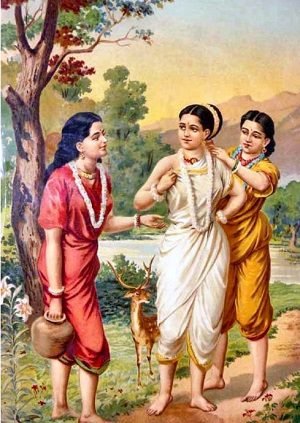
Scholars and fans still examine and interpret Kalidasa’s writings today, enjoying the timeless beauty and universal themes they contain. His contribution to Sanskrit literature is still revered and honored across the world as proof of the depth of India’s literary legacy. The impact of Kalidasa goes beyond the confines of India. His writings have been translated into many other languages, making his creative genius known to a wide audience. The fact that academics, poets, and painters still find inspiration in Kalidasa’s writings attests to his creativity’s enduring appeal.
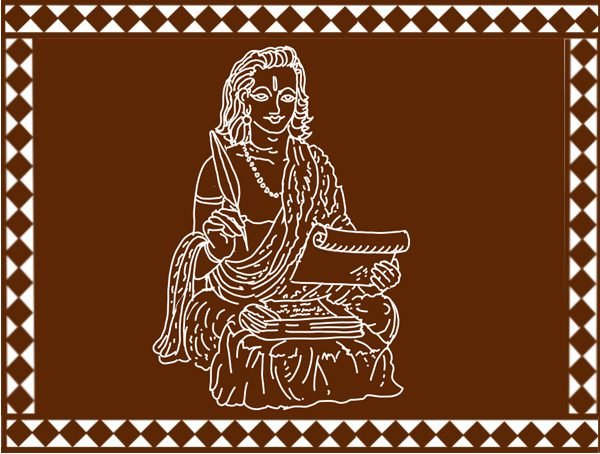
Conclusion
In the world of Indian classical literature, Kalidasa is a giant thanks to his unrivaled literary talent and ability to blend the beauty of language and environment. His writings continue to enthrall and inspire readers, serving as a constant reminder of the strength that eloquence and artistic talent have. As we explore his lyrical universe, we not only solve the secrets of antiquity but also uncover the universality and timelessness of our emotions and experiences. Generations of poets, authors, and readers have been guided by the undying flame that is Kalidasa’s legacy. With his lasting legacy of lyrical greatness, Kalidasa continues to be an everlasting presence in the world of literature. Readers and academics alike hold a particular place in their hearts for him because of his talent for capturing the subtleties of human emotions and the splendor of the natural world. Kalidasa continues to enthrall and inspire generations via his timeless masterpieces, cutting across national and cultural barriers.


